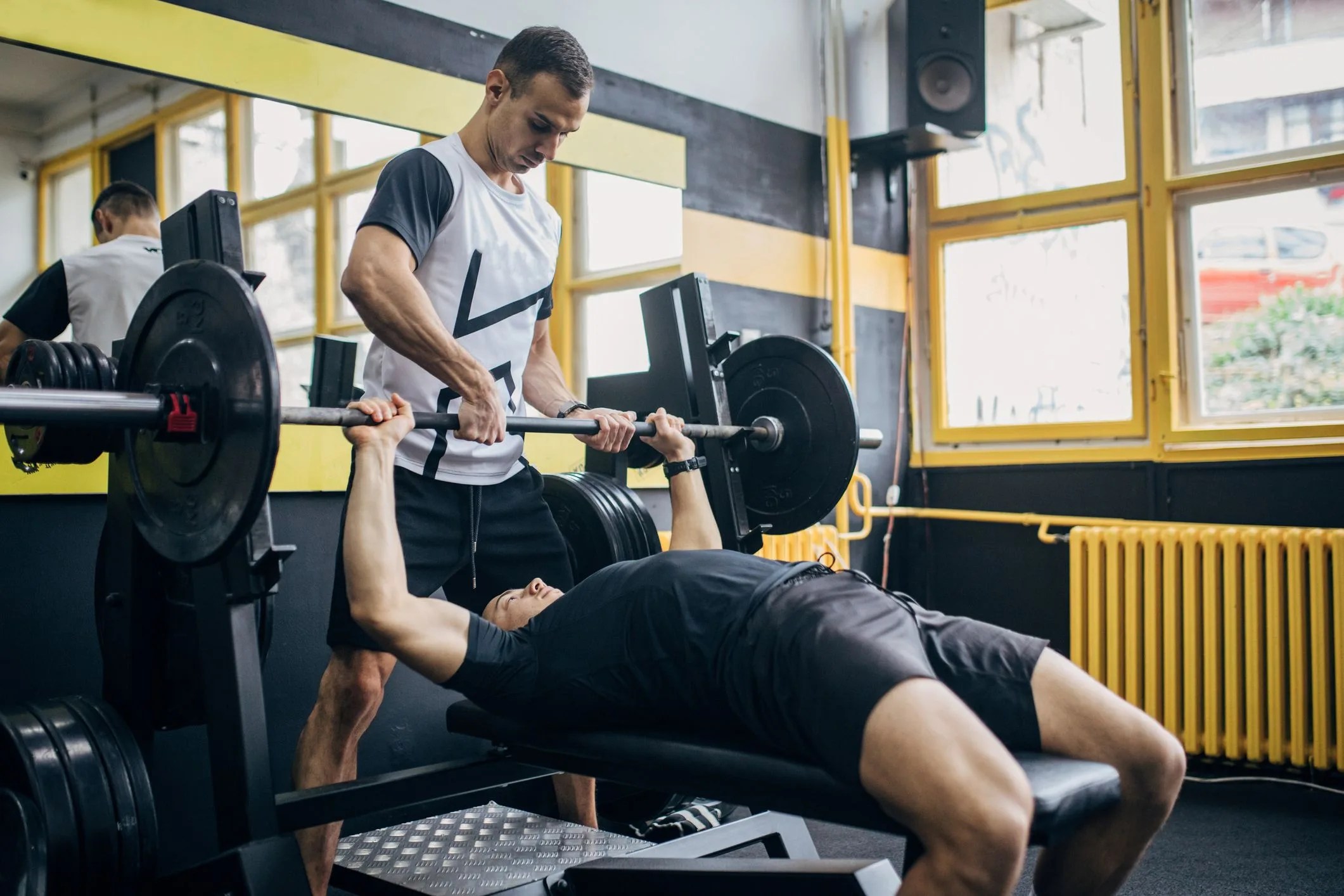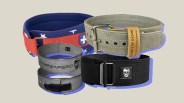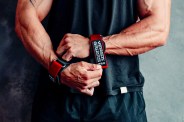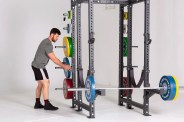Imagine this: You’re going about your routine training session, tracking your totals and keeping to yourself when suddenly, a fellow gym-goer asks you to spot them as they go for a max bench press attempt. To help keep the peace, you accept, but in your head, you’re rattled at the thought of holding this patron’s safety in your hands. If you mess up, there’s a lot that can go wrong — for both the lifter and yourself.
Spotting a fellow athlete, or requesting a spot from a fellow gym-goer, can seem intimidating, but if done correctly, it can be a simple skill set that’s a helpful addition to your gym bag. Knowing how to spot a heavy lift can help you maintain the gym’s safety, and can even lend itself to higher totals for all involved parties along the way.
Now, not every lift is going to require a spotter, but there are some common exercises you should be prepared for when entering a gym — specifically, the bench press, back squat and dumbbell press. Before we get into these movements, though, it helps to understand the upsides of a proper spot — and the downsides of an improper one.
3 Benefits of Proper Spotting
1. Improved Training Safety
Naturally, one of the biggest benefits of practicing proper spotting form is the heightened sense of safety. A “safe lift” is one where the athlete feels comfortable under the weight, so spotting can mean different things to different individuals. While your job as a spotter may just be to stand present in the moment, you still need to understand how to engage the weight if the load becomes unstable. Understanding what to do when a lift begins to fail can help prevent injuries to the lifter — and you.
2. Increased Confidence
Sometimes, a spotter is only necessary to set the mind at ease when tackling a heavy PR. Having that safety net at your disposal can help alleviate any self doubt, allowing you to focus on moving the weight with unmitigated energy. Knowing your spotter is there to grab the bar if something goes awry can unlock unmatched output.
A good comparison would be to look at your confidence when adding weight to, say, your cable rows. The machine is there to sustain any breaks in your form, so moving the pin down to a new PR is a snap. By contrast, think about jumping up in weight when it comes to the back squat — odds are you’re at least a little worried about how you’ll be able to control the weight throughout the exercise.









